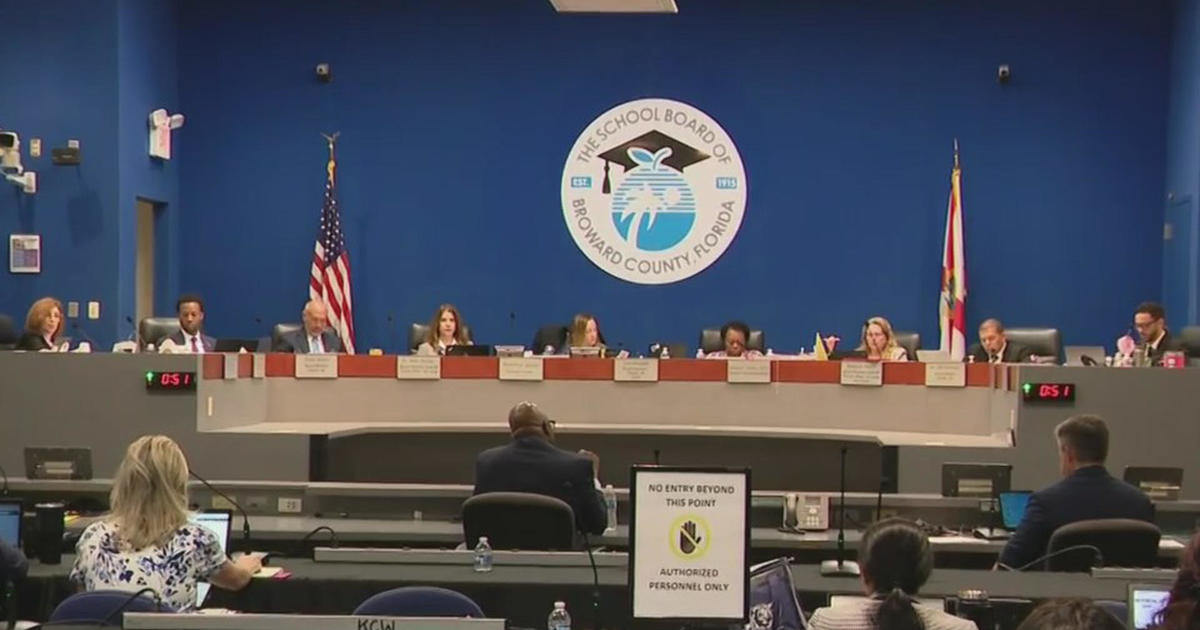Passengers file class-action lawsuit against Boeing for Alaska Airlines door blowout
A class-action lawsuit was filed Thursday against aircraft manufacturer Boeing on behalf of multiple passengers who were aboard an Alaska Airlines flight last week that was forced to make an emergency landing in Portland, Oregon, after a portion of the fuselage blew out in midair.
The lawsuit — filed on behalf of six passengers and a relative in King County Superior Court in Washington state, where Boeing is headquartered — alleges that "the event physically injured some passengers and emotionally traumatized most if not all aboard."
On the night of Jan. 5, Alaska Airlines Flight 1282 was carrying 174 passengers and six crew members bound for Ontario, California, when a door plug of blew out just minutes after the Boeing 737 Max 9 had taken off from Portland.
The plane was able to safely return to Portland International Airport. Officials said several people sustained minor injuries, but no one was seriously hurt.
"The violence of the event bruised the bodies of some," the lawsuit alleges. "The cockpit door blew open and a flight attendant rushed to try to close it. The pressure change made ears bleed and combined with low oxygen, loud wind noise and traumatic stress made heads ache severely. Passengers were shocked, terrorized and confused, thrust into a waking nightmare, hoping they would live long enough to walk the earth again."
The lawsuit also noted that "the force of the depressurization ripped the shirt off a boy."
Alaska Airlines was not named as a defendant in the lawsuit. When reached by CBS News late Thursday night, a Boeing spokesperson had no comment on the lawsuit.
"Boeing is responsible for the safety of design and maintenance instructions as well as continuing airworthiness of the aircraft," the lawsuit reads.
The lawsuit quotes Boeing CEO David Calhoun, who admitted to employees in a meeting Tuesday that the company is "acknowledging our mistake" in the wake of the incident.
"Calhoun calls the defect that led to this lived nightmare 'our mistake' and publicly admitted, by his implication, that the plug was not properly secured to the fuselage either during manufacture or otherwise while the aircraft was being built by Boeing, and/or its subcontractor, Spirit AeroSystems," the lawsuit reads.
Spirit AeroSystems, the manufacturer of the blown-out door plug, had been a manufacturing unit of Boeing until it was spun off in 2005. It is facing a separate federal class-action lawsuit which was filed back in May alleging that Spirit AeroSystems had experienced "sustained quality failures" in its products.
The Federal Aviation Administration has since grounded all 171 Boeing 737 Max 9s which have a plug door. It said Tuesday that those aircraft "will remain grounded until the FAA finds each can safely return to operation."
And on Thursday, the FAA announced that it was launching an investigation into whether Boeing "failed to ensure" whether the jet conformed to its design and whether its aircraft "were in a condition for safe operation in compliance with FAA regulations." It added that the investigation stems from the door plug's blowout and "additional discrepancies."
National Transportation Safety Board chair Jennifer Homendy told reporters last weekend that "we are very, very fortunate" no one was seated in the two adjoining seats closest to the detached door plug, whose purpose was to cover an unused exit door.
The lost door plug was discovered Jan. 7 in the backyard of a high school physics teacher in the Portland metropolitan area. Two cell phones which were sucked out of the plane were also found on the ground in the Portland area, one of which was still working.
Homendy said the plane was just weeks-old, having just been delivered to Alaska Airlines in late October. Homendy also disclosed that pilots had reported that the same plane experienced three pressurization warnings, from cockpit dashboard lights, between Dec. 7 and Jan. 4. At least one occurred in-flight.
NTSB investigators are increasingly looking at four unaccounted-for bolts that should have kept the door panel from flying off during the flight. NTSB officials have said they are not yet sure if the bolts on Alaska Airlines Boeing 737 Max 9 "ever existed."
Both United Airlines and Alaska Airlines, which have canceled hundreds of flights due to the grounded planes, reported Monday that inspections of door plugs on grounded 737 Max 9s revealed "loose hardware" such as "bolts that needed additional tightening."
United and Alaska Airlines are the only U.S. carriers who operate the 737 Max 9.
United said it believes the loose hardware on its grounded planes is the result of an installation issue, which would be the manufacturer's responsibility.
— Aimee Picchi, Anne Marie Lee, Aliza Chasan, Kris Van Cleave and Brian Dakss contributed to this report.




